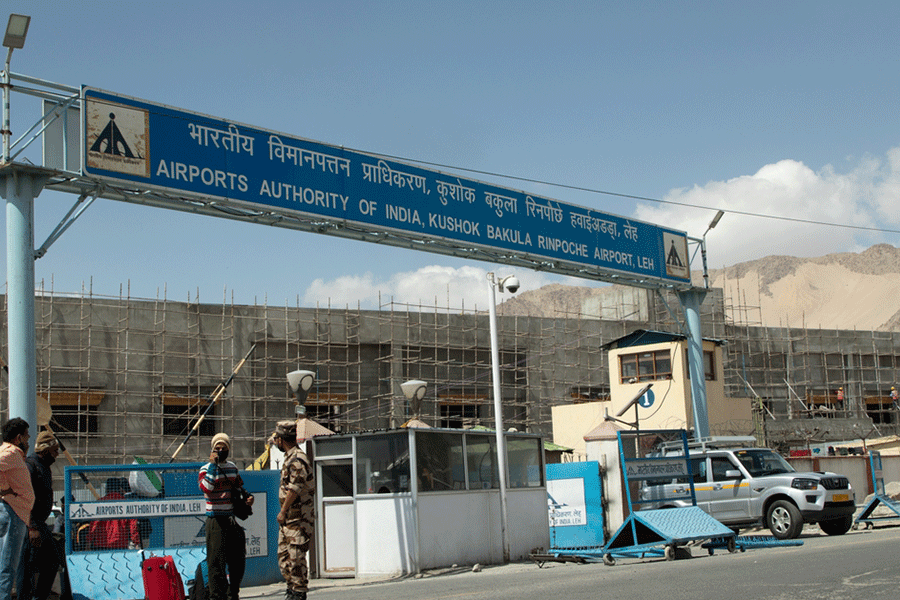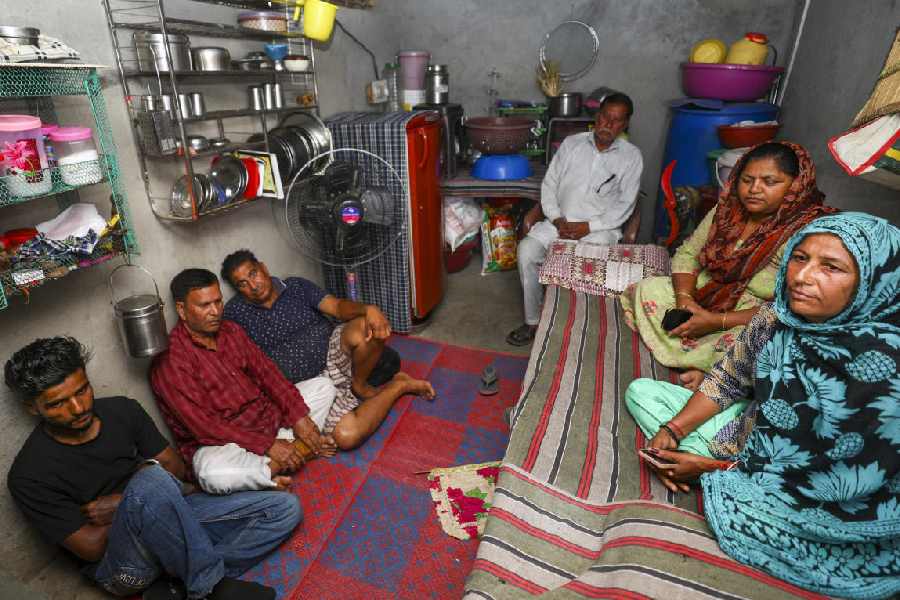One of the most expensive measures of the United Progressive Alliance government has been the national rural employment guarantee scheme. It is about to complete three years; a birthday festival is to be organized in Delhi on February 2. The programme is reported to have given employment to three-and-a-half crore people — roughly a twentieth of the rural population. However, only one person in a family is supposed to get employment. If we assume that this rule has been implemented, and that an average rural family has five persons, a quarter of rural families got some income from the scheme. The prime minister had said at the outset that the low wage and the arduous labour would act as self-selection mechanisms — that only those who really needed income would take advantage of it. This surmise may not have been entirely wrong. Although the programme was supposed to give 100 days of employment in a year, the average number of days worked by a participant was 39, for which she might have got Rs 3,000-4,000.
That may not seem much, but gross domestic product per family of five at current prices was probably around Rs 1,50,000 a year; for the poorest families, it might have been Rs 30,000-40,000. Work on NREGS may have added 10 per cent to their income; though it could not have changed their lives, it could have been useful pocket money. The scheme was implemented most actively in the inland states of Madhya Pradesh and Chhattisgarh where more then 10 per cent of the rural population got registered. It virtually did not take off in Gujarat and Maharashtra where less than two per cent were registered. West Bengal came roughly in the middle with about six per cent getting registered.
Money was clearly not a constraint to the scheme, since the annual allocation did not come close to being spent. The major constraints were the ability of governments to create and run lakhs of “projects”, and willingness of workers to take up work on them. The government of West Bengal can get virtually as much money as it wants to run the NREGS. It should crank up its machinery to give employment to every worker who wants it. That is the only way it can get an estimate of how much disguised unemployment there is. On present count, it does exist, but it is not all that much. If it comes to that conclusion, it will be forced to infer that the way to make West Bengal richer — to make it look like Goa or Gujarat — is to increase the productivity of workers. There are many ways of doing this, but three are important: to give them labour-saving machinery, to move them to more productive jobs, and to get them to produce more valuable products. These are the directions in which West Bengal needs to go.










